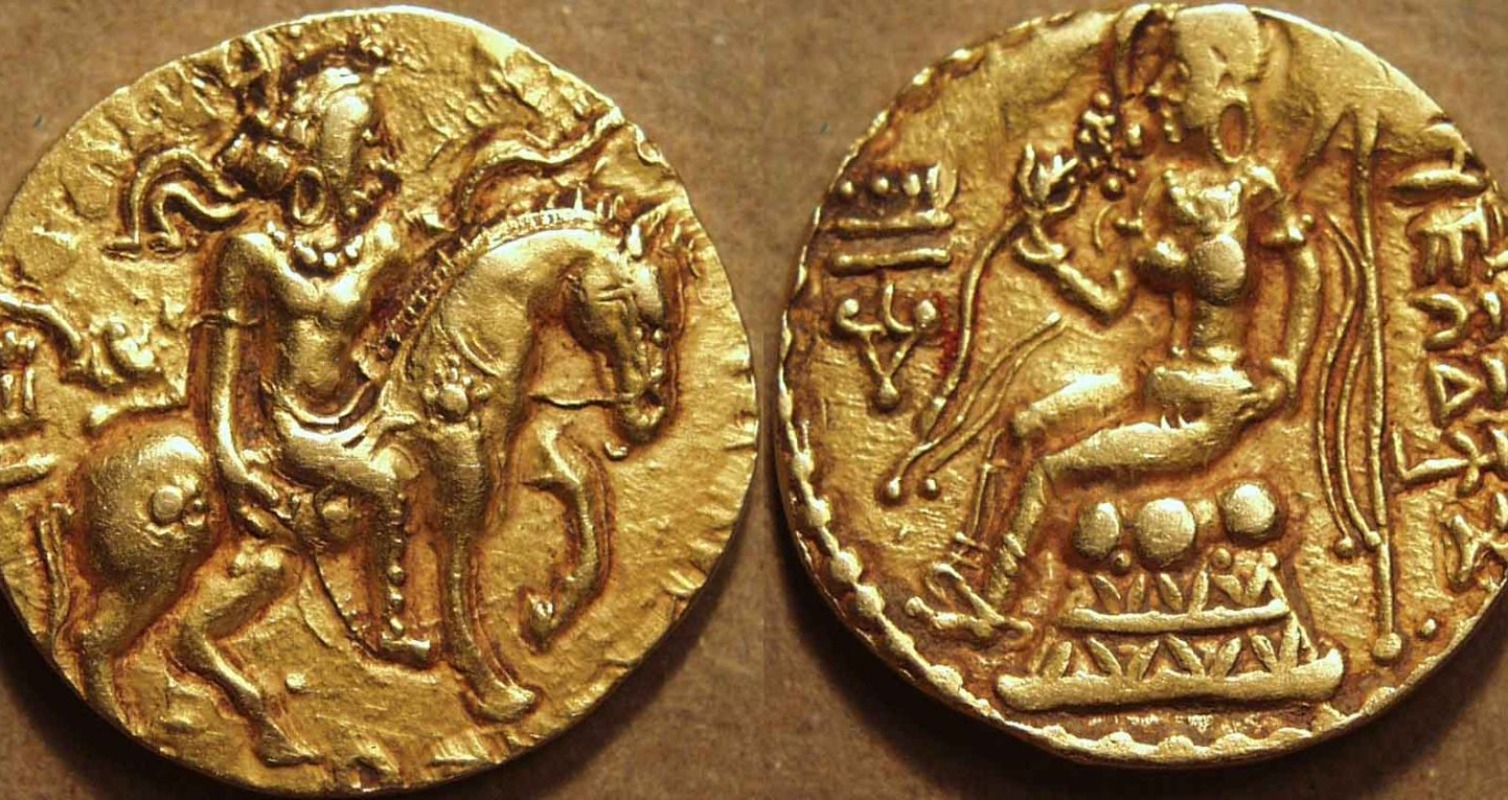Coins have been the primary currency for vending machines since their modern inception in the late 19th century. Their standardized size, weight, durability, and metal composition make them ideal for automated acceptance—unlike paper money or tokens, which require more complex validation.
How Coins Are Used in Vending Machines:
- Payment Input
Users insert coins into a slot. The machine’s coin acceptor immediately begins analyzing each coin using:- Mechanical sensors (for diameter and thickness)
- Electromagnetic sensors (to detect metal composition)
- Weight checks (in older models)
- Validation & Sorting
Genuine coins are routed to a cash box, while slugs, foreign coins, or damaged currency are rejected and returned. Modern machines can distinguish between dozens of coin types—even detecting counterfeit or worn coins. - Transaction Completion
Once the correct amount is reached, the user selects a product, and the machine dispenses it. Any change is returned from a separate coin hopper (usually pre-loaded with small denominations).
Why Coins Work So Well:
- ✅ Durability: Coins last decades—ideal for repeated handling.
- ✅ Consistency: Government-minted coins meet strict tolerances.
- ✅ Low fraud risk: Harder to counterfeit than bills (especially bimetallic coins).
- ✅ No network needed: Unlike card payments, coins work offline.
Challenges Today:
- Declining coin usage: With the rise of contactless payments, fewer people carry change.
- Wear and tear: Heavily circulated coins may be misread or jam mechanisms.
- Maintenance: Machines require regular emptying and hopper refills.
- Global travel issues: Tourists often insert foreign coins (e.g., UAE dirham in Euro machines), causing errors.
The Future
While cashless vending is growing, coins remain essential in many regions—especially in Japan, Europe, and rural areas. Some newer machines even recycle change by offering digital refunds via QR code instead of physical coins.
Yet, as long as there are coins in pockets, they’ll keep spinning through the gears of vending machines—quietly powering one of the world’s oldest forms of automated commerce.
